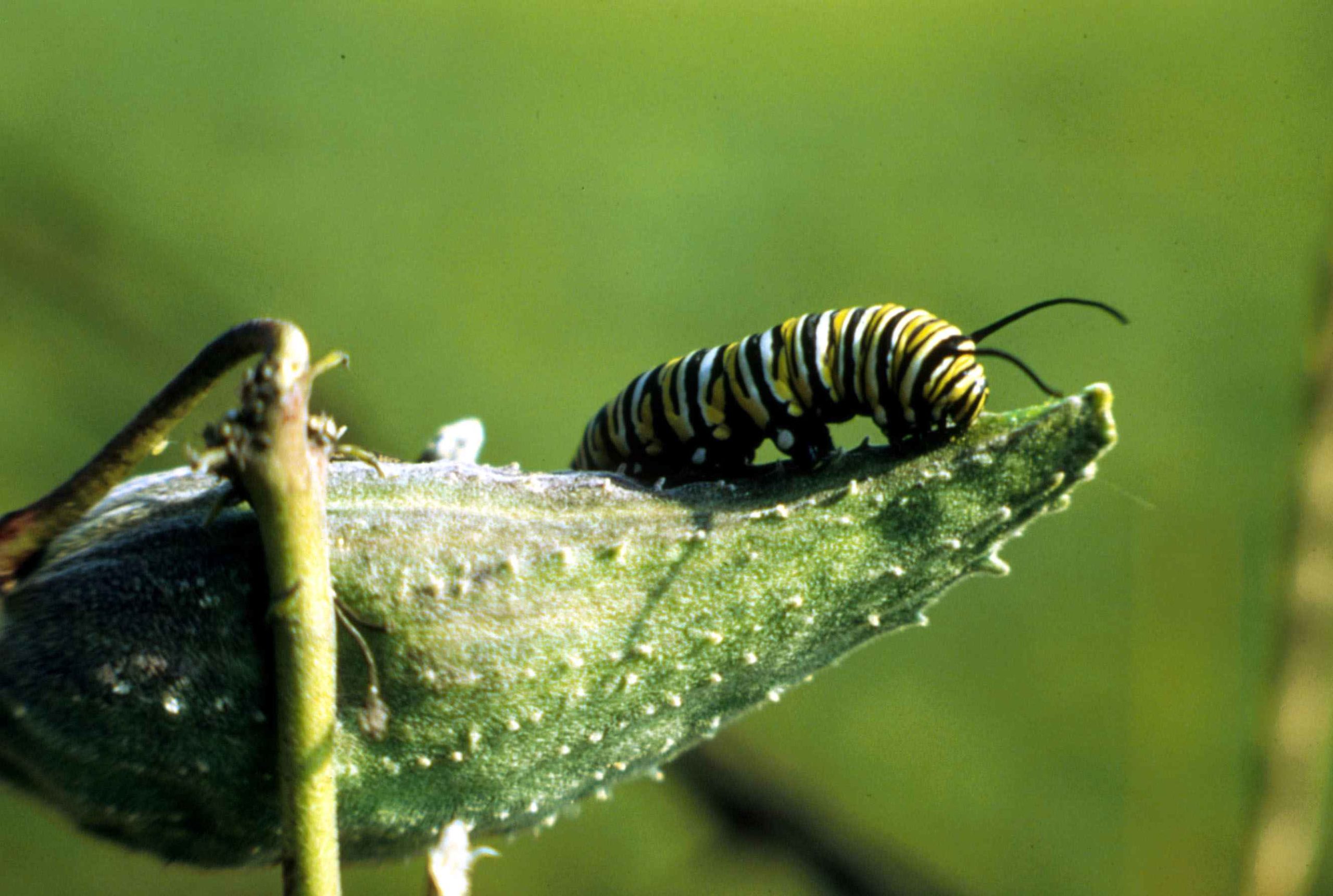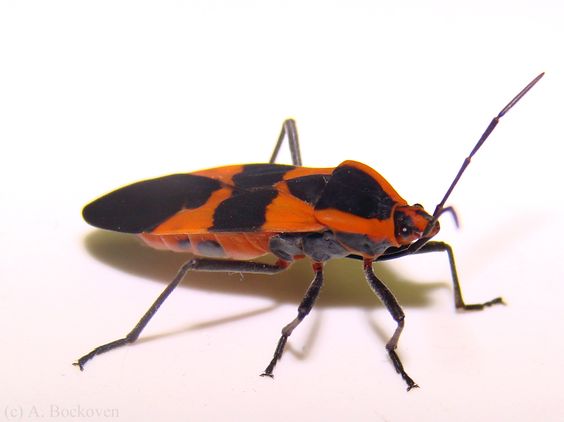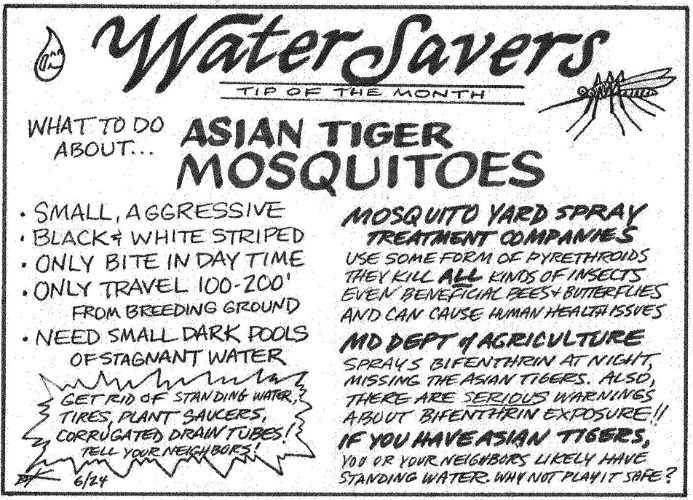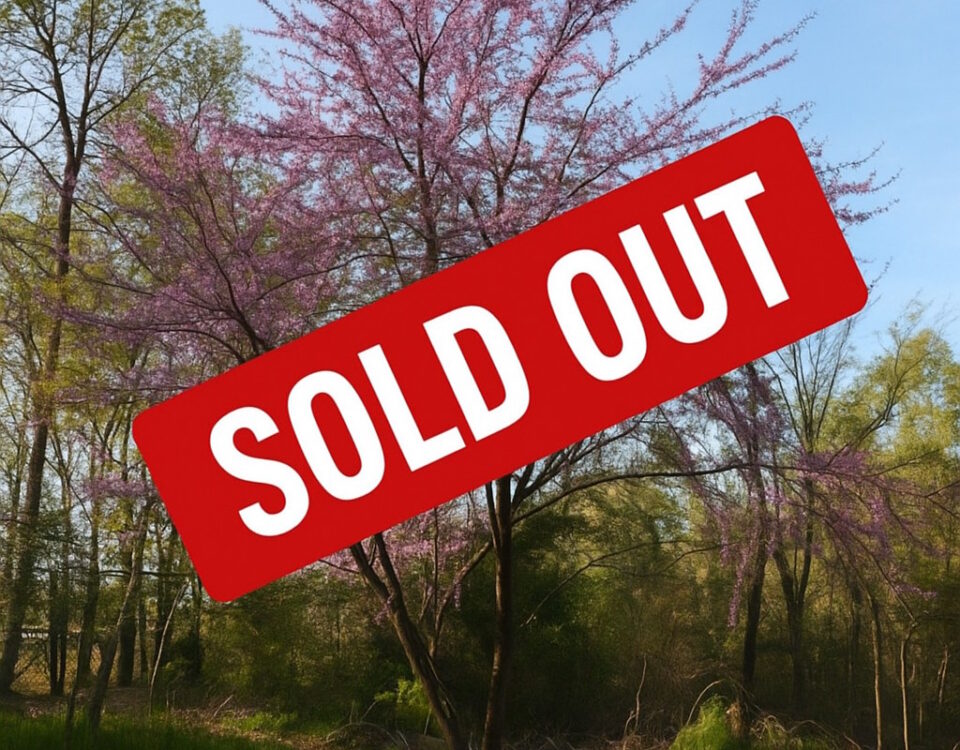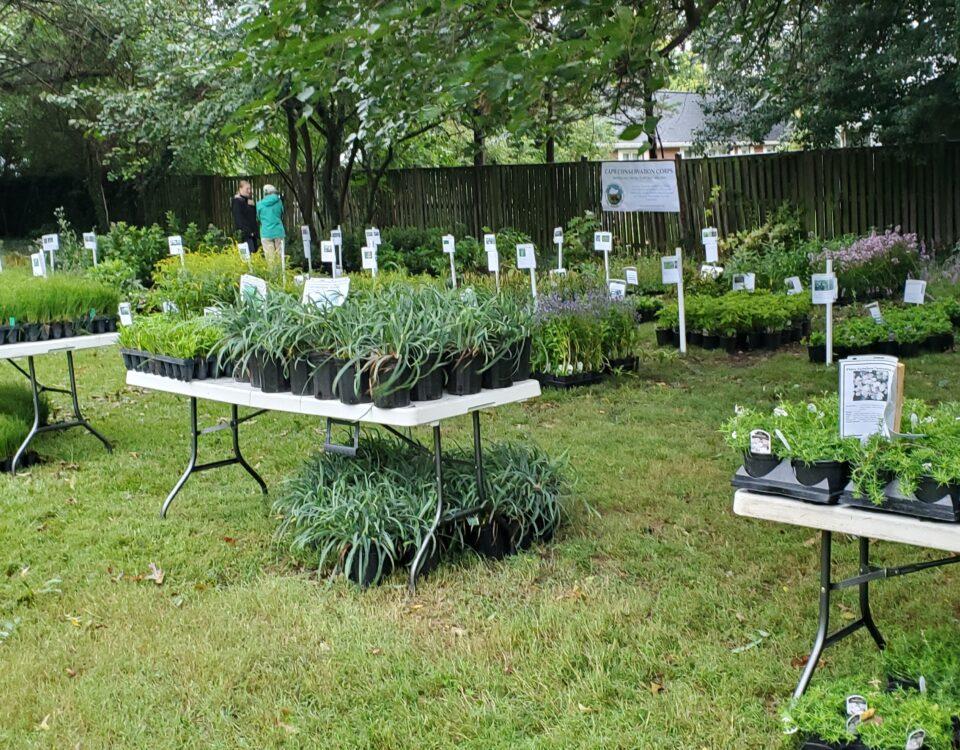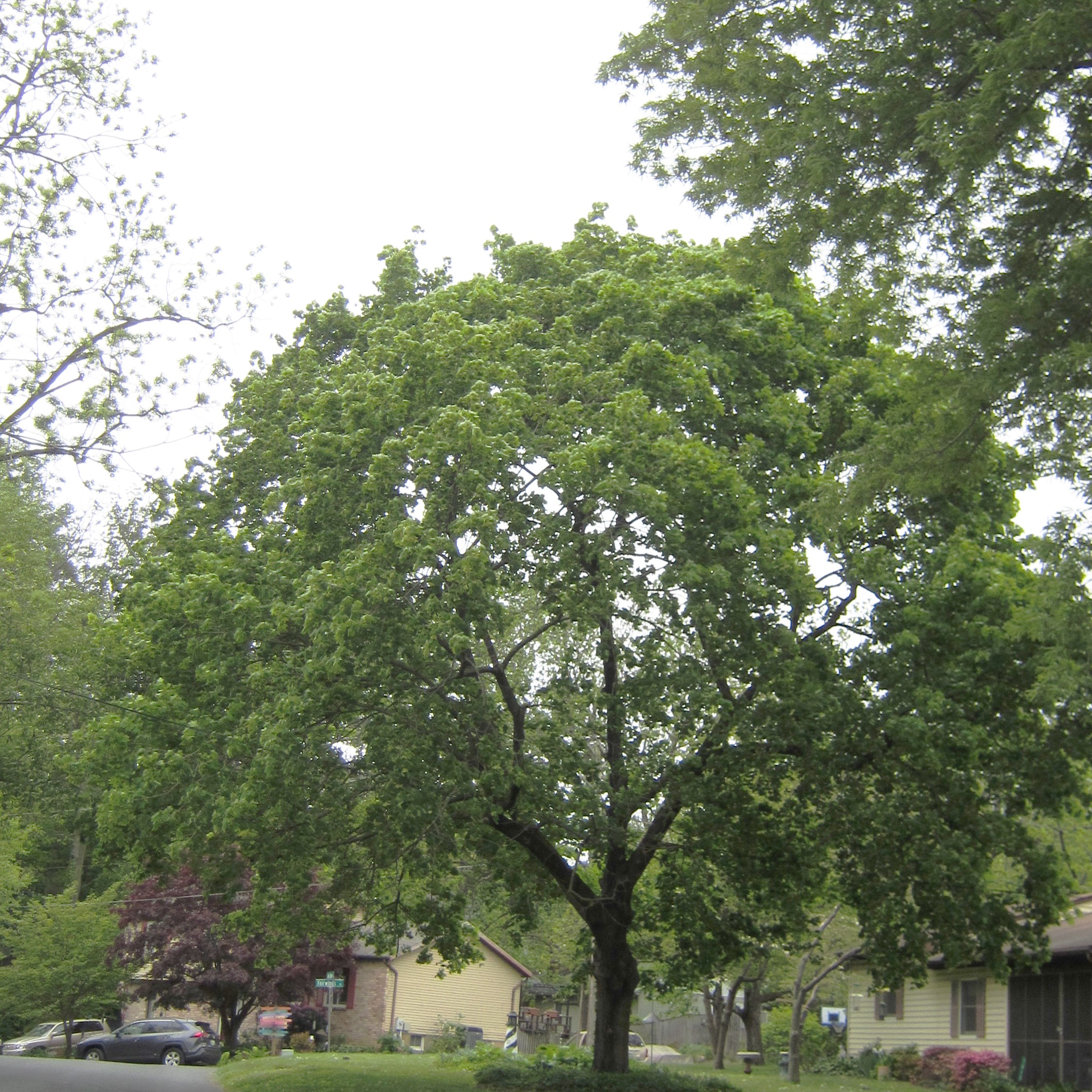
The Value of Cape Trees
May 11, 2022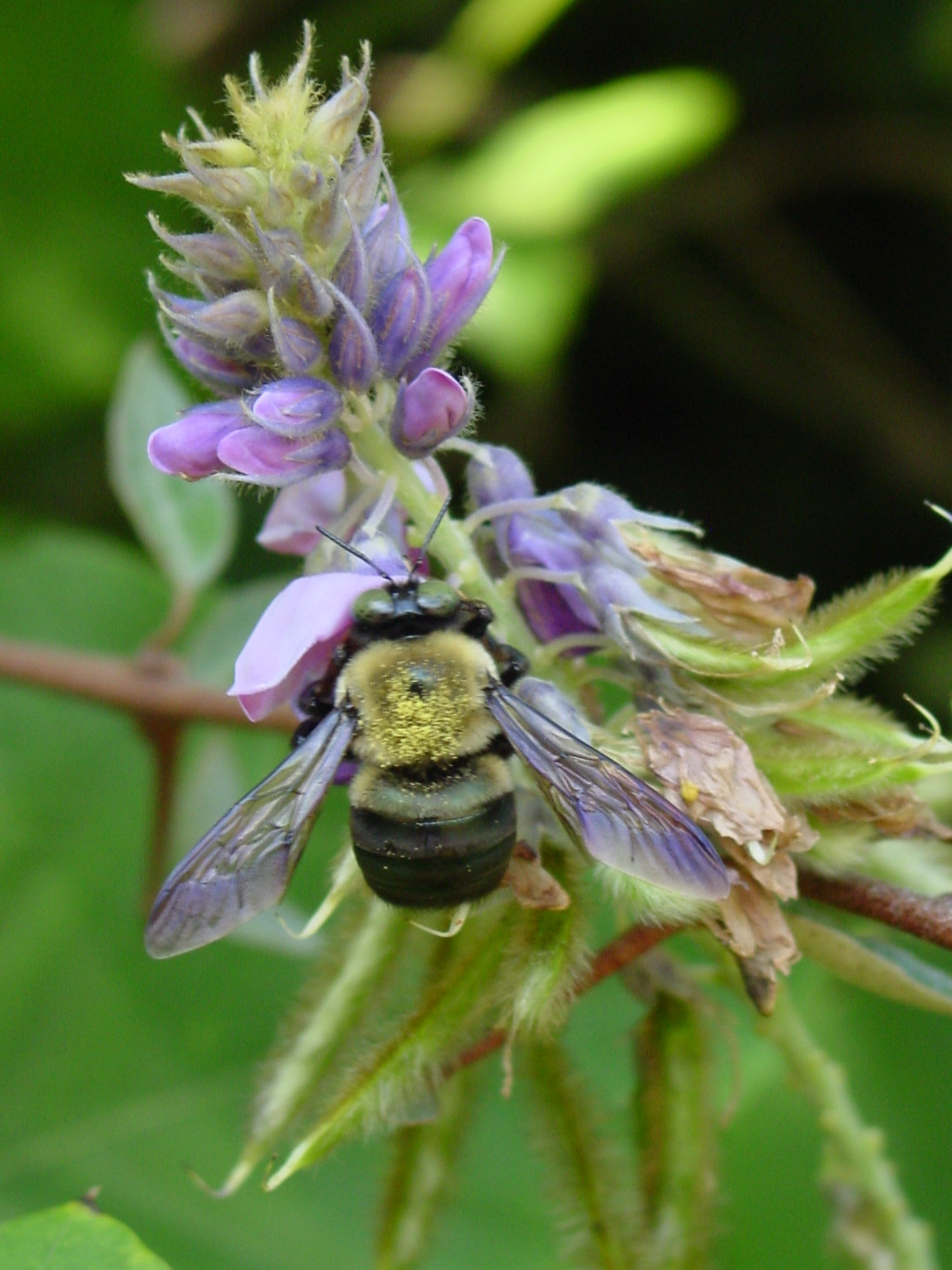
Co-Existing with Carpenter Bees
June 13, 2022By Stacey Wildberger
By now we all probably know the importance of milkweed for the iconic monarch butterfly. We all are planting milkweed to save this beautiful creature from a harsh decline in numbers due to a number of factors including disease, pesticide use and habitat loss. So when we go out on a summer evening to check for the unique black, white and yellow striped caterpillars on our plants many of you happen to see other critters enjoying the milkweed. Your instant reaction may be to squish, squash, or even worse, spray these evil “invaders” How dare they use the milkweed…that’s for the monarchs! But before you cause harm let’s take a closer look at the other fascinating creatures that use, and co-exist on the milkweed. There is a whole fascinating world of milkweed creatures.
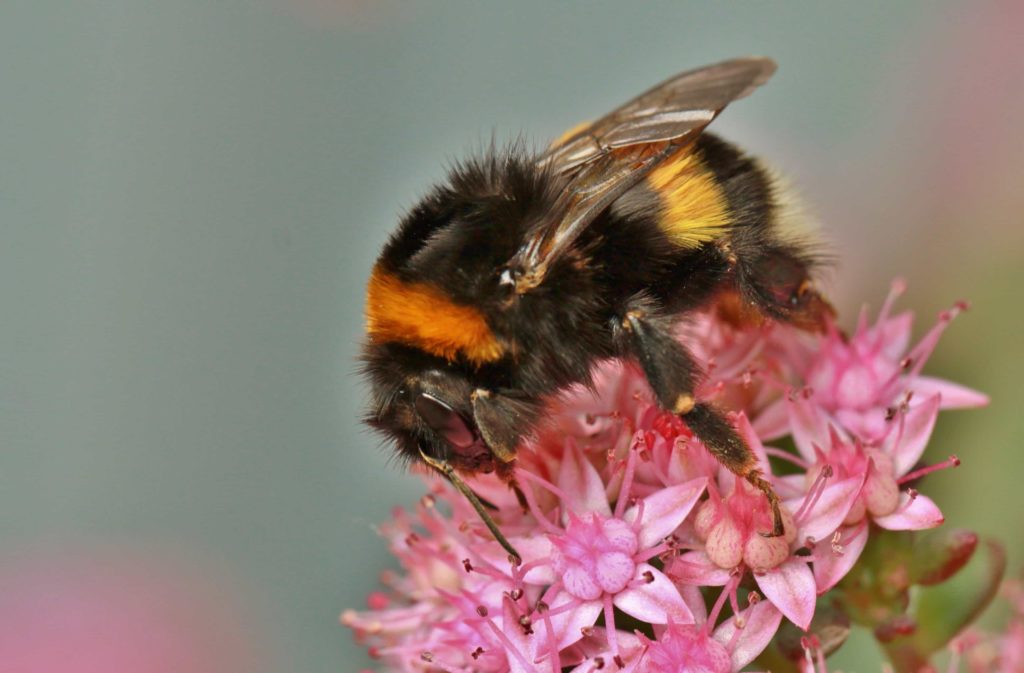
The first critters you may have noticed, and not been so alarmed by, are the large bees, such as bumblebees and carpenter bees, the very best pollinators for the milkweed. The fragrant blooms lure these very efficient pollinators in to facilitate their reproduction. Other beautiful pollinators are also useful to the milkweed such as the Snowberry Clearwing moth. So far, so good with these visitors, right?
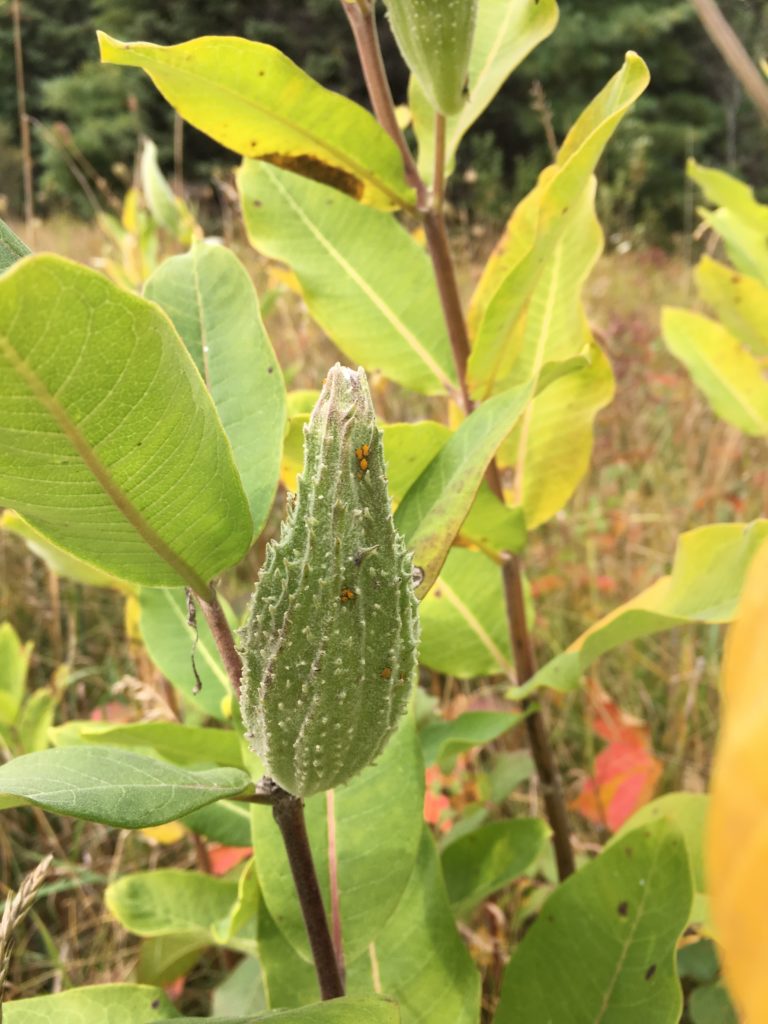
Then we start to get into the more “alarming” visitors. The aphids, the tiny yellow critters seen clinging to stems. We begin to panic. We post on FB asking how to rid our precious milkweed of them. People will advise you to use insecticidal soaps (DON’T—you will kill your caterpillars) or wash off with water, not necessary. These guys rarely cause any harm to the plant and they are beneficial to ants by excreting a sweet food source the ants love. Now you are saying ants? I don’t want ants. But you do want ants; for the important work they do (aerating the soil, dispersing seeds and even protecting some plants from predators.
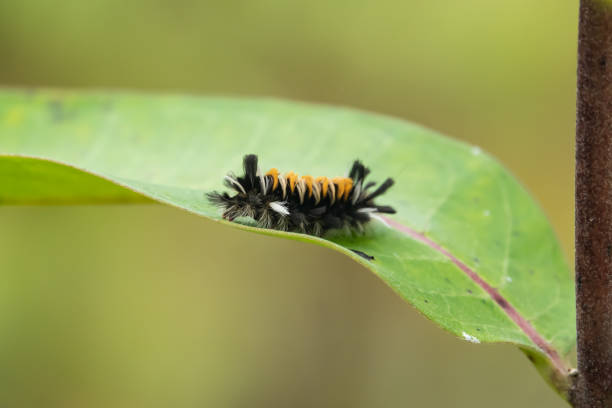
Have you ever noticed an orange bodied caterpillar with black and fuzzy tufted hairs munching away on the milkweed leaf, just one side. That is a Tussock Moth making his way to being a moth!
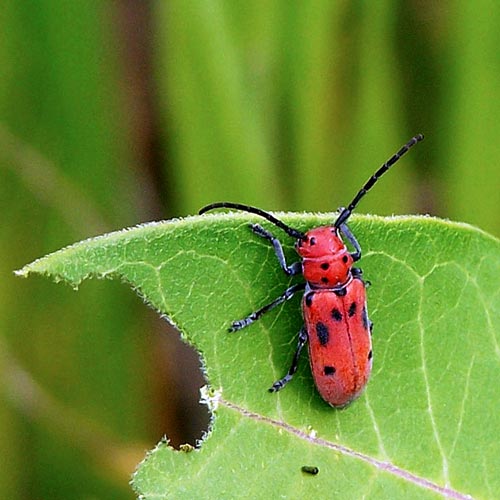
Next we begin to notice the red bugs covering leaves, blooms and seed pods of our beloved milkweed. Surely, these must be harming the plant? Nope, wrong again. The Red Milkweed Beetle is just minding his business eating his way through a few leaves, biting the mid-rib to stop the sticky flow of sap and preventing his mouth parts from being glued together. These guys are helping to keep nature in balance and cause no harm to the milkweed or monarch caterpillars. Often in the fall you will notice large amounts Small and Large Milkweed bugs, perhaps consuming some nectar. While they may eat an occasional monarch they do not cause harm. One of the benefits is they consume some of the seeds from the common milkweed so help to control it from spreading unchecked! While some milkweed is good, more is better, too much can take over a large area so these guys are a natural control.
Milkweed supports a whole host of critters that spend their entire life cycle using it. There is plenty to go around and the milkweed will not be harmed by these “pests” (not pests!) Please spend time this summer getting to know and appreciate all the visitors that use milkweed for food and habitat.


